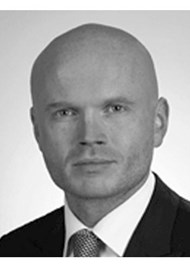Dermatography (medical tattooing), was first documented in the 19th century, and is nowadays frequently performed for nipple reconstruction after mastectomy. Despite its popularity in the field of breast reconstruction, this procedure is not used on a broad scale in any other field of plastic surgery. Dermatography offers not only a wide range of indications (e.g. scars, alopecia, vitiligo), it also has a smoothening effect on scars. Due to its minimally invasive character, it is a safe and reliable treatment option. Horst et al. analyse the effect of medical tattooing on the subject of perception of the appearance of scars and skin grafts and the quality of life in head and neck patients. Patients (n=76) were asked to answer two questionnaires, using a visual analog scale (VAS) for evaluation of scar appearance and multiple questions on a five point scale focusing on satisfaction with the appearance and the quality of life. The authors documented a significant improvement in both questionnaires. The VAS for scar appearance improved after treatment by four points on a 10-point-scale. Additionally, a significant improvement in quality of life was measured. With this study, the authors were able to prove the advantages of medical tattooing for scars and skin grafts. Implementation, especially in bigger medical centres, should be reconsidered.




